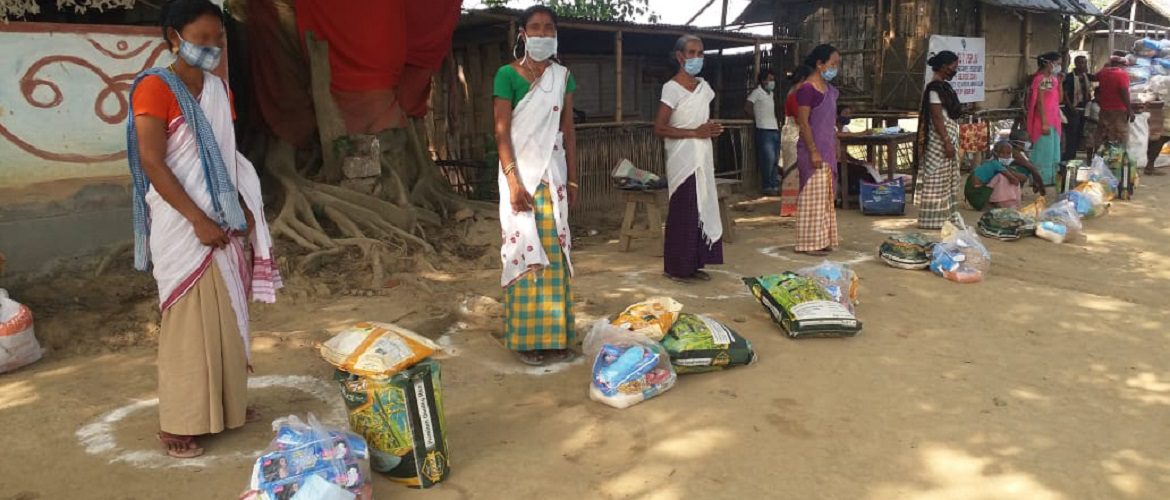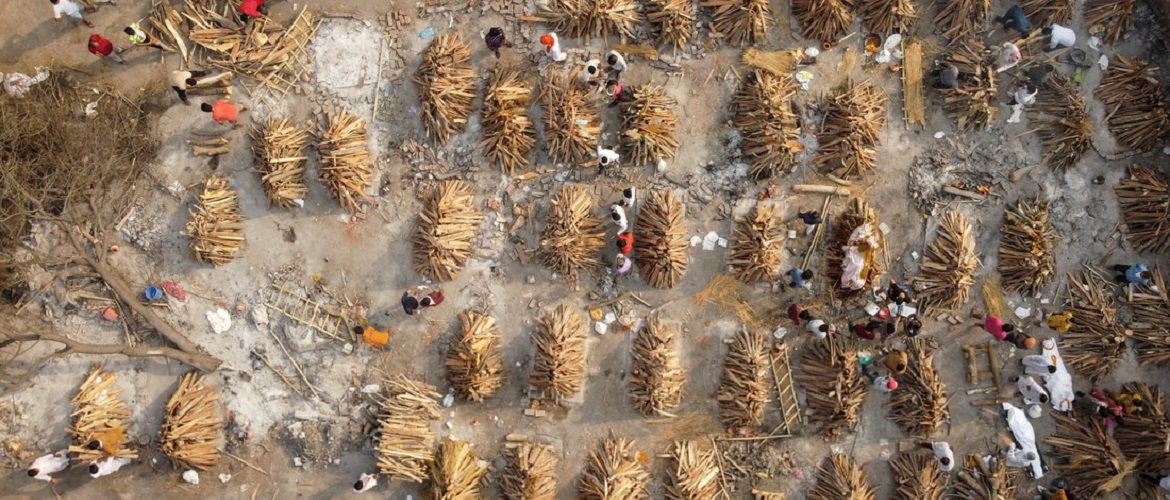By Coco McCabe, Oxfam America
The Haitian government has now confirmed that 115 people in Port-au-Prince are being treated in the hospital for cholera—a deadly waterborne disease that first broke out two weeks ago in a rice-growing region to the north, raising fear that its spread to the earthquake-ravaged capital could trigger a new emergency.
Oxfam is deeply concerned that the disease, which has sickened more than 8,000 people and killed more than 540, has found its way into the city where countless families are still crowded into makeshift camps scattered across the hills since the January earthquake destroyed their homes. More than one million people remain homeless. The heavy rain and flooding caused by Hurricane Tomas over the weekend has likely allowed cholera to spread, especially given the poor sanitation conditions in the country.
But since the start of the epidemic in Artibonite—and even since the first days following the devastating quake–Oxfam has been preparing for the possibility of an outbreak in the capital. Providing people with clean water, sanitation and hygiene education is the only way to prevent the spread of diseases like cholera. Oxfam is reaching 315,000 people with these services in the Port-au-Prince area.
The organization is now reinforcing those programs in the camps in which it has been working since the quake. It’s chlorinating water and increasing the cleaning of sanitation facilities as well as organizing training sessions on the preparation of oral rehydration salts and homemade rehydration liquids—essential and effective treatment for patients. In addition, Oxfam has increased its training for staffers and community members on disease surveillance and it’s building latrines at the Petite Goave Hospital for a cholera treatment centre.
In the Artibonite province, north of the capital, Oxfam has a team of about 25 staffers working on a water, sanitation, and hygiene program that is reaching about 100,000 people in an area called Petite Riviere. The program includes distribution of water purification tablets and powder, soap, buckets, and oral rehydration salts. Oxfam is also repairing and building wells and then purifying the water pulled from them.
But most importantly, the organization is carrying out a massive hygiene education campaign that includes broadcasting radio messages regularly as well as training community members to share information on how to stem the spread of the disease. Large-scale public education sessions in rural villages and towns are part of the program as well—and are helping to quell fears and provide better information.
“The only way to stop the spread of cholera is when each and every person is practicing good hygiene,” said Oxfam press officer Julie Schindall, who is based in Haiti. “That’s as simple as hand washing and drinking clean water.”
Those messages—along with the network of water and sanitation services aid groups have established in the camps around Port-au-Prince—have made a major difference for people: In the nearly 10 months since the quake there had not been a major outbreak of waterborne disease in the capital.
“We kept very vulnerable people safe for a long time,” said Schindall. “But now, clearly, we must throw even more resources into treating the sick and containing the spread of the disease.”
One of the central challenges in tackling problems like this—and one reason humanitarian relief operations are repeatedly launched–is the lack of basic infrastructure across the country and the government’s lack of capacity, Schindall added.
“Clearly in the long term we need to reinforce the government’s capacity to protect people,” said Schindall.
Read more about our work in Haiti
Photo: Haitians suffering from cholera wait for medical treatment at a local hospital in the town of Saint Marc October 22, 2010. Haiti’s government and its aid partners fought on Friday to contain a cholera epidemic that has killed at least 138 people in the nation’s worst medical emergency since the January 12 earthquake. REUTERS/ St-Felix Evens



